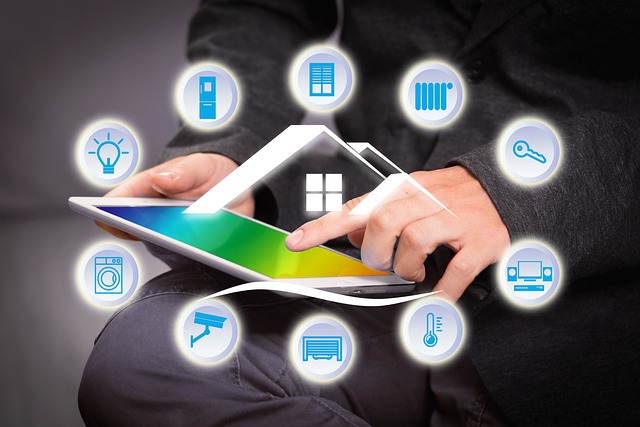
Smart technology has changed the way we live. Doorbell cameras, wireless locks, voice-controlled assistants, and motion sensors promise safety and convenience at the tap of a screen. The marketing often makes it sound like once these systems are installed, your home is automatically “fortified.” The truth is, smart security is only as dependable as the way it’s set up, maintained, and understood by the homeowner.
The Hidden Gaps in Smart Security
One of the biggest misconceptions is that because a system is labeled “smart,” it must be foolproof. But many devices are only as strong as the network they’re connected to. A weak Wi-Fi password, an outdated app, or skipped firmware updates can create easy openings for intruders—not through your front door, but through your router.
Another overlooked issue is over-reliance on a single device. A smart lock might keep the door secure, but if the frame is weak, a swift kick can defeat the hardware. A doorbell camera may catch activity at the porch, but if side windows are unmonitored, that blind spot remains. Technology can enhance security, but it can’t replace the fundamentals of strong physical barriers and common-sense planning.
Practical Steps to Strengthen Your Setup
The good news is that most of these risks are avoidable. A few careful measures can make the difference between a system that simply looks impressive and one that truly protects your household.
- Lock down your network. Use a unique, complex password for your Wi-Fi, and don’t reuse old logins. Consider a separate “guest” network so your security devices aren’t sharing space with every phone, TV, or tablet in the house.
- Keep devices updated. Manufacturers regularly release patches to close vulnerabilities. If your devices don’t update automatically, make it part of your routine to check.
- Don’t forget the basics. Reinforced door frames, window locks, motion lighting, and trimmed landscaping still go a long way toward discouraging intruders. Technology should complement—not replace—these essentials.
- Audit your blind spots. Go around your property with a critical eye. Cameras and sensors are only useful if they cover the areas you truly need.
- Test your system. Just as you’d test smoke alarms, put your security devices through trial runs. See how they respond and whether alerts reach you as intended.
A Balanced Approach
Smart security devices are valuable tools, but they shouldn’t create a false sense of safety. The strongest homes are those where traditional safeguards and modern technology work together. By treating your smart system as part of a layered approach—not the only line of defense—you can enjoy both convenience and genuine peace of mind.
